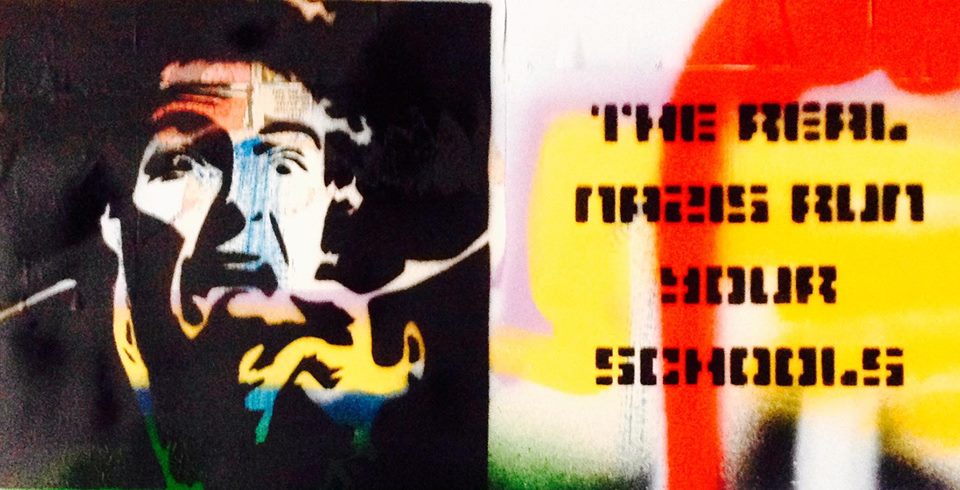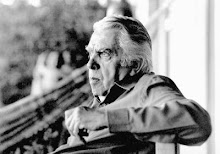For so many historians and biographers, the Communist Manifesto and the life of intellectual inquiry and political struggle to which it was connected was that of a modern contemporary, a nineteenth-century figure who had looked deeply into the future and helped to shape that future, whether for good or for ill. This understanding of Marx as a controversial contemporary appears in one of the very first biographies of him, published in 1936 but still well worth reading. It is rarely cited, for its title is embarrassing to current sensibilities: Boris Nicolaievsky and Otto MaenchenHelfen’s Karl Marx: Man and Fighter:
Strife has raged about Karl Marx for decades, and never has it been so embittered as at the present day. He has impressed his image on the time as no other man has done. To some he is a fiend, the arch-enemy of human civilization, and the prince of chaos, while to others he is a far-seeing and beloved leader, guiding the human race towards a brighter future. In Russia his teachings are the official doctrines of the state, while Fascist countries wish them exterminated. In the areas under the sway of the Chinese Soviets Marx’s portraits appears upon the bank-notes, while in Germany they have burned his books.


![[...]](https://blogger.googleusercontent.com/img/b/R29vZ2xl/AVvXsEjeNC2Kyxd34r2LuofHe9-vdXHeHwG3_2NhVmIOTlK2moU0Q4R7taMlS8iMmQgEl1-NdaRsPrLdREzfQZYKfUgjslwLZUZe67dAfFBREu-YRx6WGX-vAUt5eJT4_-lFwT4dGzGCQQ/s220/11798115_858304687558226_1857652538_n.jpg)














































